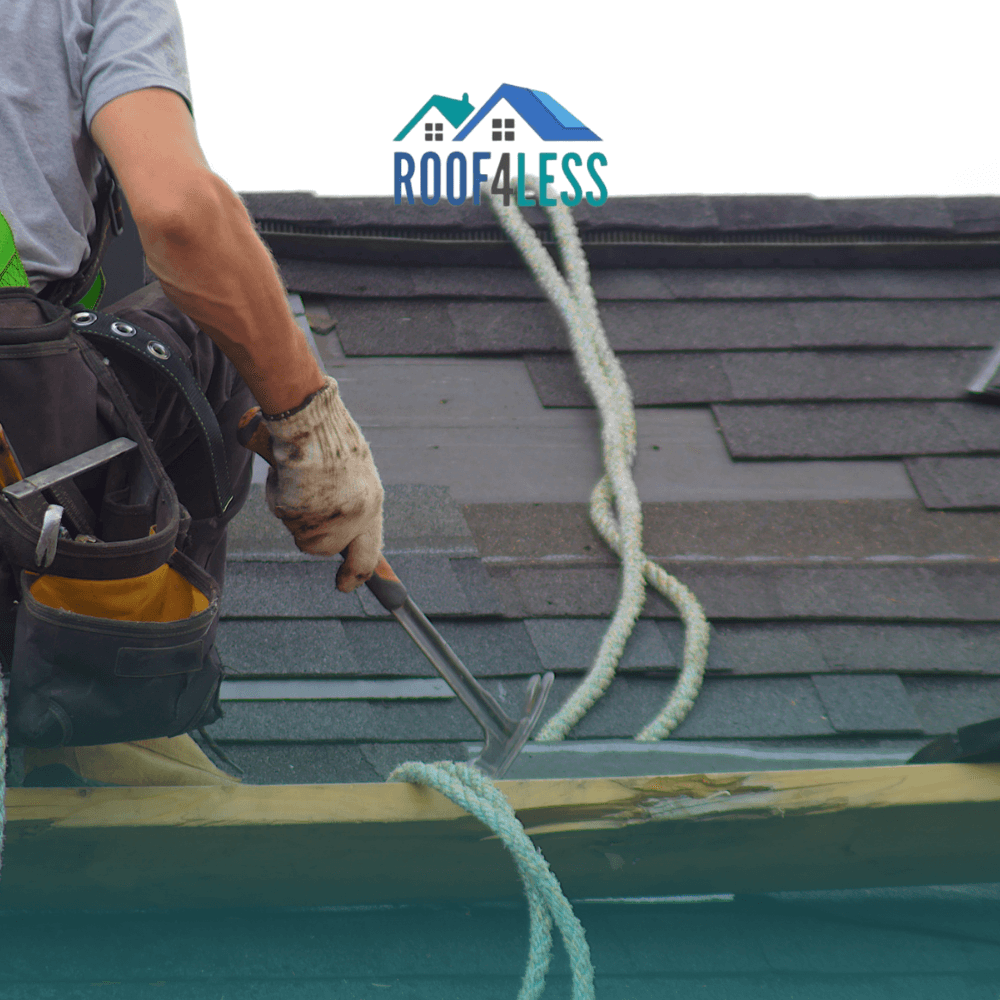When it’s time for a roofing replacement, one of the most important decisions homeowners face is selecting the right type of shingles. The roofing materials you choose will affect not only the appearance of your home but also its protection and energy efficiency. In this article, we’ll guide you through the factors to consider when choosing shingles for your next roof replacement.
Why Shingles Matter in Roofing Replacement
Shingles serve as the first line of defense against the elements, protecting your home from rain, wind, snow, and UV rays. Beyond aesthetics, choosing the right shingles during your roofing replacement ensures your home remains durable and energy-efficient. The right materials can extend the lifespan of your roof and help lower your energy bills. Popular shingle types, such as asphalt, wood, metal, and slate, each offer unique benefits.
Types of Shingles for Roofing Replacement
When selecting shingles, you have several options, each with its own set of advantages:
- Asphalt shingles: The most common and affordable option. These shingles are easy to install, come in a variety of colors, and typically last 20-30 years.
- Metal shingles: Known for their durability and resistance to harsh weather, metal shingles can last up to 50 years, making them a great choice for long-term roof replacement solutions.
- Wood shingles: Offering a natural, rustic look, wood shingles are perfect for homeowners looking to enhance the aesthetics of their home. However, they require more maintenance than asphalt or metal shingles.
- Slate shingles: A premium option known for its longevity and high-end appearance. Slate shingles can last over 100 years but are more expensive and require professional installation.
Key Factors to Consider When Replacing Your Roof
Before diving into your roof replacement, consider these key factors to make the best decision for your home:
- Budget: Shingle prices can vary greatly. Asphalt shingles are generally the most cost-effective, while slate and metal options may require a larger investment.
- Climate: Your local weather conditions should play a big role in your decision. For example, metal shingles work well in areas prone to heavy snow or high winds, while wood shingles may not be ideal for humid or fire-prone regions.
- Home Style: The architectural style of your home should complement your shingle choice. A colonial-style home, for example, may look best with traditional asphalt or wood shingles, while modern homes often pair well with metal or slate shingles.
- Energy Efficiency: Some shingles, particularly metal and certain types of asphalt, can reflect sunlight and reduce heat absorption, lowering your cooling costs.
The Importance of Professional Installation
Regardless of the type of shingles you choose for your roofing replacement, professional installation is crucial. Improper installation can lead to leaks, poor insulation, and a shortened lifespan for your roof. Hiring an experienced roofing contractor ensures that your new shingles are properly installed and that your home remains protected for years to come.
Maintaining Your Shingle Roof
Once your roof replacement is complete, regular maintenance will help extend the life of your new roof. Here are some maintenance tips to keep in mind:
- Inspect your roof annually: Look for signs of damage such as missing or cracked shingles, granule loss, or moss growth.
- Clean your gutters: Clogged gutters can cause water to back up and damage your shingles, so regular cleaning is essential.
- Trim overhanging branches: Tree limbs can scratch or dislodge shingles, especially during high winds, so keep them trimmed back.
Choosing the Right Roofing Materials for Long-Term Value
A well-thought-out roofing replacement is an investment that adds value to your home. Whether you’re drawn to the affordability of asphalt, the durability of metal, or the timeless elegance of slate, the right shingles can enhance your home’s curb appeal and provide lasting protection.
Ultimately, the best way to ensure a successful roof replacement is to choose materials that fit your budget, climate, and style, while working with a professional contractor who can guarantee quality installation. This combination ensures long-term protection and peace of mind for homeowners.
READ MORE:
Why Shingle Roof Replacement Is Essential for Long-Term Home Protection

